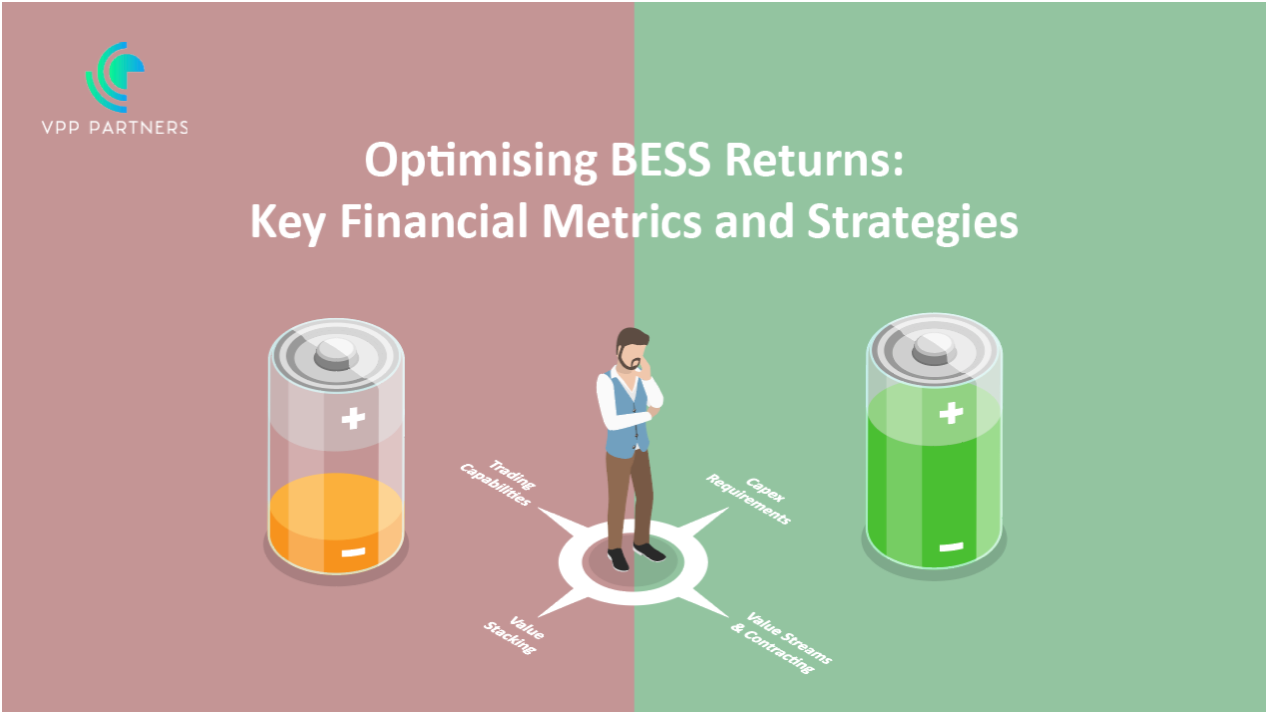The Decline of the Solar Retailer
The solar industry in Australia is changing.

"In the golden days of solar, our little shop nestled along the bustling high street was a beacon of hope and promise. We were pioneers, dreamers of a brighter tomorrow, as we brought the sun's abundant energy to the doorsteps of eager customers. The industry burgeoned with unprecedented growth, and our passion for sustainability and innovation fueled our every step. Yet, as the world's economy shifted toward decarbonisation, the solar market boomed with magnificent fervor, but something changed. A shadow cast upon our once vibrant storefront, and the winds of change whispered of a different reality. As the sun continued to shine, we found ourselves on the periphery of a transforming landscape, watching the giants of consolidation rise, while our humble emporium struggled to find its place in this new world. A lamentation arose within us, echoing the words of John Steinbeck, "The winter of discontent had settled upon our once sunlit dreams."
The Challenge: The independent solar retailer sector is experiencing a decline amidst an unprecedented boom in the solar PV industry, driven by the global economy's shift towards decarbonisation. Market consolidation fueled by private equity has created an intensely competitive environment, making it difficult for independent retailers to compete against well-funded conglomerates. Importers and support companies are also facing challenges as larger retailers streamline their operations and , while EPCs are gaining dominance in the market.
How We Can Help: At VPP Partners, we understand the challenges and changes in the solar industry like no other. Our team of expert consultants is dedicated to empowering your business and navigating the market consolidation landscape.
Our Solutions:
- Unleashing New Opportunities: Our tactical business plans reveal untapped potential and identify lucrative opportunities for diversification into adjacent products and markets.
- Building Resilient Supply Chains: We analyse, optimise, and fortify your supply chain to ensure seamless operations, even in challenging times.
- Enhancing Efficiency through Vertical Integration: Lower your costs and enhance efficiency by integrating core functions, reducing reliance on external suppliers.
- Fueling Growth with Smart Acquisitions: Expand your market reach and capabilities through strategic mergers and acquisitions.
- Access to Funding and Capabilities: We provide expert guidance on funding options, strategic partnerships, and collaborative ventures.
- Harnessing Technological Innovation: Stay ahead with cutting-edge technologies and innovations to set yourself apart from the competition.
- Market Intelligence & Our Brains Trust: Stay informed about market trends, policy updates, and regulatory changes with our valuable insights and brains trust.
Reach out to us at hello@vpppartners.com today and embark on a journey of growth, resilience, and unparalleled success in the dynamic solar PV industry. Together, let's shine brighter and build a sustainable future. Let VPP Partners be your pathway to solar success!



